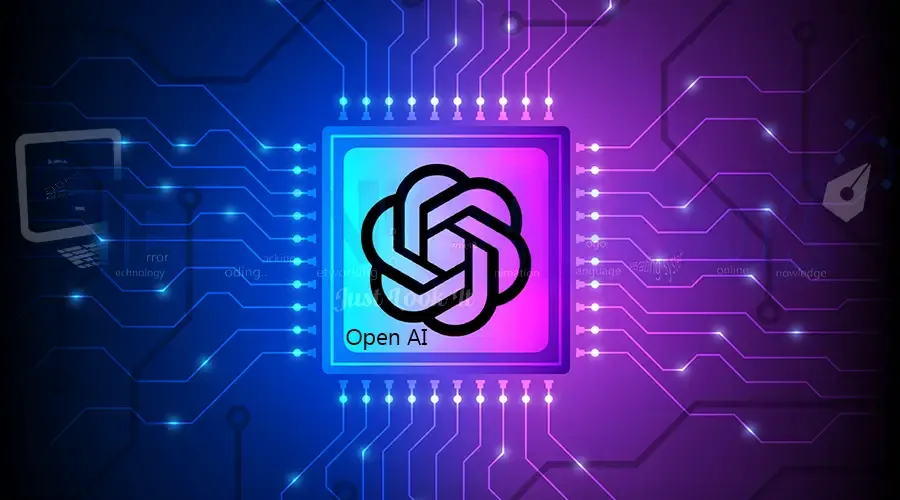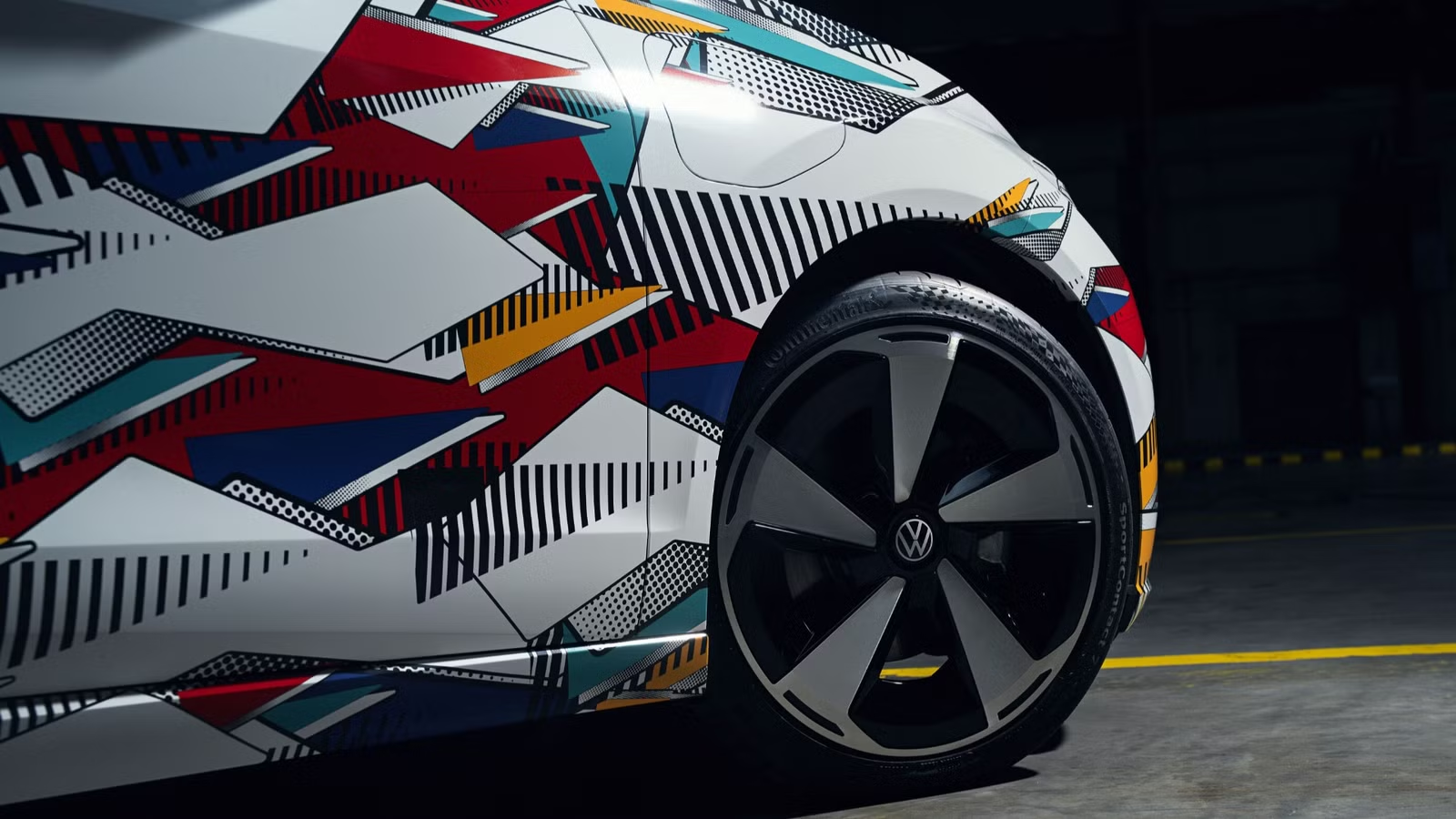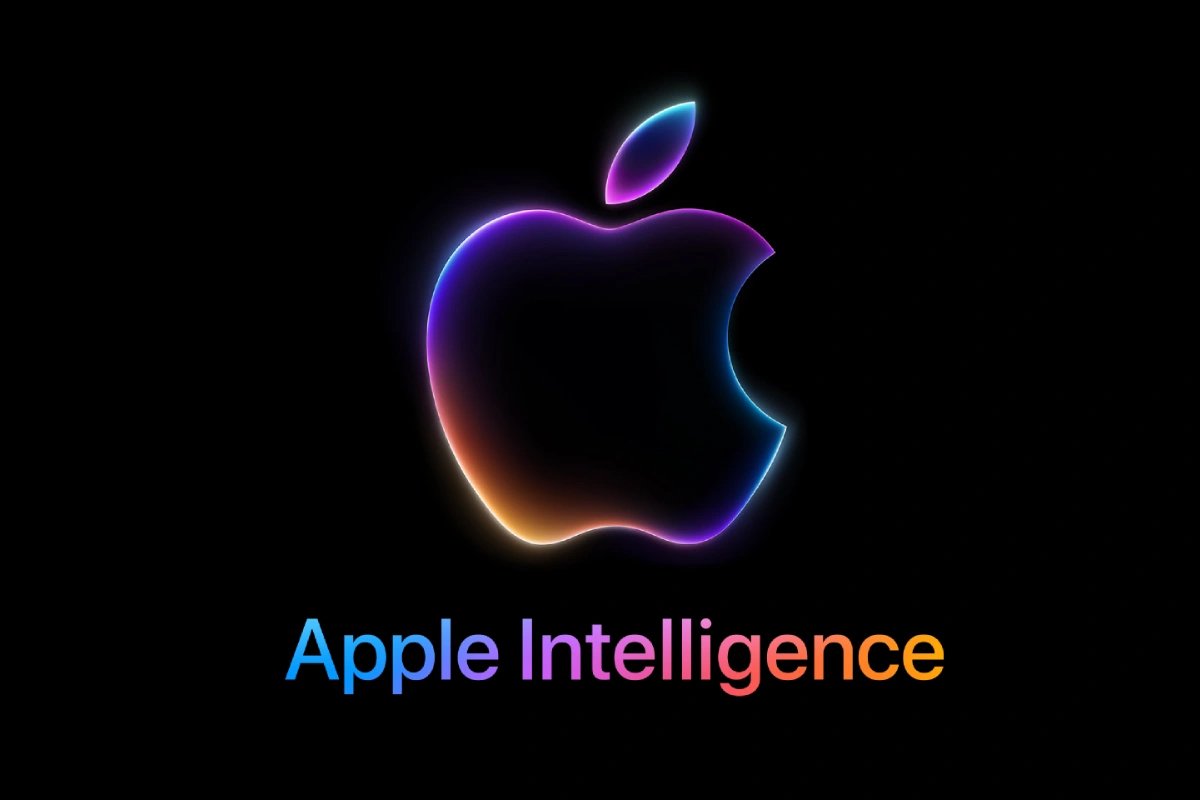OpenAI, the force behind ChatGPT, has announced it’s building its own AI chip in partnership with Broadcom. Delivery date? 2026. Target? Nvidia’s stranglehold on the AI hardware market. This isn’t just another tech headline—this is a tectonic shift in the balance of power.
Right now, Nvidia owns the rails of the AI gold rush. Every chatbot, image generator, trading bot, and military-grade AI simulation depends on Nvidia GPUs. They’re the pickaxe suppliers of this modern digital gold rush—and they’re charging accordingly.
But Sam Altman doesn’t like being dependent. He doesn’t want OpenAI’s empire throttled by one supplier. So, he’s doing what every empire-builder eventually does: cutting out the middleman.
Why This Move Changes Everything
If OpenAI succeeds, they’re no longer just a software company—they’re a vertically integrated powerhouse. They’ll control the full stack: hardware, models, distribution, and user experience. That means:
- Lower costs: No more paying Nvidia’s inflated premiums.
- Faster innovation: Chips built specifically for OpenAI’s models, rather than adapting to general-purpose GPUs.
- Strategic independence: No more begging for supply during GPU shortages.
It’s the equivalent of Tesla building its own batteries, or Apple designing its own silicon. The companies that control the hardware don’t just compete—they dominate.
Why Nvidia Should Be Sweating
Nvidia’s market cap is already wobbling. Investors know the gravy train can’t run forever. When the biggest customer in the industry decides to build in-house, the writing is on the wall.
Think about it: OpenAI’s chip isn’t going to replace Nvidia overnight. But it’s a Trojan horse. Once they prove they can run GPT-6 or GPT-7 on proprietary silicon, the dependency is broken. Other hyperscalers—Google, Amazon, Meta—will follow the same path. Nvidia’s moat shrinks by the day.
The AI Arms Race Is Going Nuclear
This isn’t just about saving costs—it’s about survival in the AI arms race. The nation that controls AI controls the future. The company that controls AI chips controls the pipeline to superintelligence.
Right now, compute is the scarce resource in this battle. Altman knows it. That’s why he’s not just raising billions to train larger models—he’s stockpiling compute capacity. Building chips isn’t just a business play. It’s a survival strategy.
What This Means for You
You might not own shares in OpenAI. You might not be coding neural networks in your garage. But this move impacts you directly.
Because when compute costs drop, models scale faster. When models scale faster, your tools—your ChatGPT, your AI co-pilot, your digital assistant—become smarter, cheaper, and more powerful.
We’re talking about a future where AI doesn’t just write emails or generate images. It negotiates contracts. Runs companies. Designs governments. And it’ll be running on OpenAI’s own chips.
The Takeaway
This is the clearest signal yet that AI isn’t slowing down. It’s accelerating—and the players who dare to control the full stack will own the future. OpenAI just went from being a software company to a potential global infrastructure giant.
If Nvidia was the oil baron of the first AI era, OpenAI just started building its own oil wells. The energy powering the next phase of AI won’t just be rented. It’ll be owned.
Want to stay ahead of these shifts? Join our subscribers inside Alpha AI — where we turn breaking tech news into actionable opportunities. Courses. Insights. Strategies. Tools. All in one place. Subscribe now before the next headline is about you getting left behind.





